Affiliate links on Android Authority may earn us a commission. Learn more.
Xiaomi in 2020: Up for the challenge
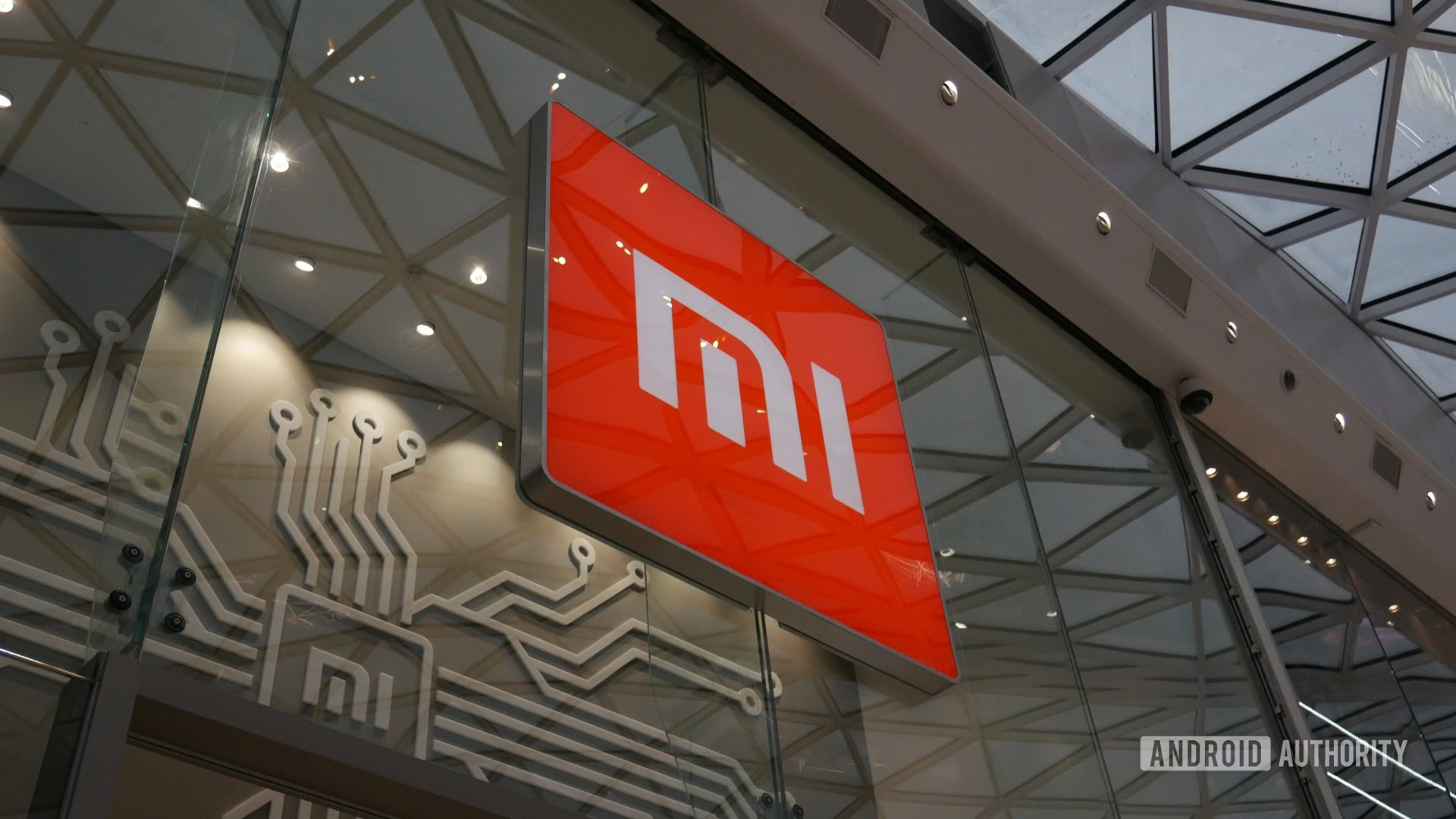
2019 was an interesting year for Xiaomi. For most of its history, the company has been relatively unchallenged in the value for money segment. Outside of a few breakaway attempts at climbing up the value chain, the company’s Redmi series remained its bread and butter. It was a year of reinvention for Xiaomi as it worked on revamping the principle line-up amidst stiff competition all while flexing its engineering prowess via bold, new, future-facing concepts.
In addition to a renewed focus on higher-end devices, the company dabbled in a range of new services and new ventures like Mi Credit and Mi Pay, and even more aggressive sale strategies across various price segments. It certainly didn’t slow down the pace of hardware launches either. On last count the company had released well over 20 new devices, and we’re sure we’re missing a few. Couple it with a whole host of ecosystem products, 2019 was a busy year for Xiaomi — and it’ll have to keep up that same frenetic pace of innovation in 2020.
Entering its tenth year, the competition has wisened up and is absolutely relentless in its pursuit of taking over Xiaomi’s market share in key markets. Let’s take a closer look at Xiaomi’s successes in the year past, and what it needs to do to maintain a lead in the coming twelve months.
Big numbers paint a big target
Keeping pace in the numbers game is key to thriving in the smartphone industry and Xiaomi showed no signs of slowing down in 2019. While crucial markets like India were consistent, with the company enjoying a healthy 26% of the market share, it was Europe where Xiaomi saw the maximum amount of growth. According to a report by Canalys, Xiaomi was the fifth-largest smartphone vendor in Europe. It managed to ship 5.5 million smartphones in Q3 2019, netting it a 10.5% market share and placing it right behind Apple, albeit with a wide margin between them.
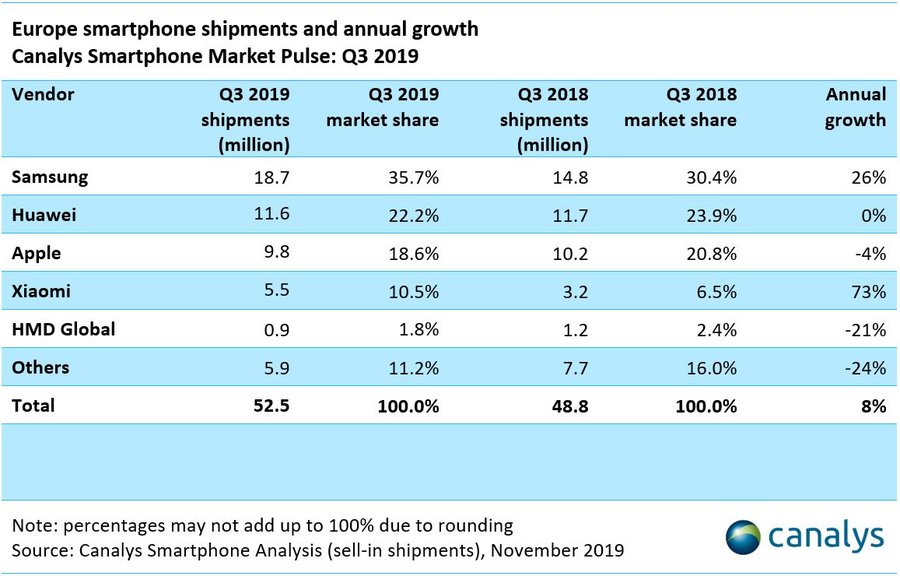
2020 is poised to be a tough one, with upstart OEMs like realme coming in strong. While Huawei’s struggles leave a gap in the market for all players to grow their market share, Xiaomi will have to ensure it can offer a range of 5G equipped hardware at multiple price points to make sure it doesn’t lose out. Additionally, we can expect the company to continue its expansion into new markets within Europe and beyond.

In India, realme has managed to net a 16% market share, exhibiting a 433% increase year-on-year. The fact that realme didn’t even exist until May 2018 makes said growth even more incredible. Meanwhile, Xiaomi’s market share, which it built over a span of 5 years, stands at 26% in the region.
Against such fierce competition, it is imperative for Xiaomi to consistently innovate on hardware, design and most importantly, price. realme has fast become a serious competitor for the company on the back of fresh designs, a focus on unique colors and gradients, as well as incredible hardware for the cost. It certainly helps that the company’s many, many phones have consistently come out on top as some of our best-reviewed phones of 2019. This was topped off by the realme X2 Pro winning our Best of Android 2019 award ahead of big hitters like the runner up Samsung Galaxy S10 Plus, but also the Xiaomi Mi 9 in third.
In North America, Xiaomi has restricted itself to an eclectic range of ecosystem products.
There’s also the matter of the massive North American market. Xiaomi has so far restricted itself to the ecosystem category of products. Between the Mi Box, electric scooter, power banks and more, the company has an eclectic range of products on offer. What it hasn’t introduced yet is a smartphone.
Past Xiaomi phones have been accused of erring too close to the iPhone, rightfully so too. However, the company has since differentiated enough — both in hardware and software — that it has a real chance of breaking in and crafting a niche for itself. Mid-range options in the North American market tend to be limited, and are relatively lacklustre when pit against the top-tier internals of Xiaomi’s products. With HUAWEI out in the cold, 2020 feels like the right time for the company to enter the market in a big way, and I can only hope the Xiaomi is considering this seriously. After all, more options are always better for consumers.
A bold new design

Starting with the Redmi Note 7 and 7 Pro early in the year, Xiaomi revamped its design language across the board. While the 7 series of phones focused on simplification, we saw a relatively quick turnaround time with the launch of the Redmi 8 series of hardware. The Redmi 8 series brought with it a fresh design language, something that was long overdue.
All this to say that increased competition has spurred Xiaomi to rethink its strategy. While the Xiaomi of 2018 could’ve been called complacent, 2019 saw flashier designs, multiple cameras, higher quality imaging, and aggressive pricing across its entire portfolio.
Going forward, it would be safe to expect Xiaomi to continue its focus on design innovation, such as new colorways, punch-hole cameras, and even more affordable hardware with pop-up selfie cameras.
Value flagships show promise
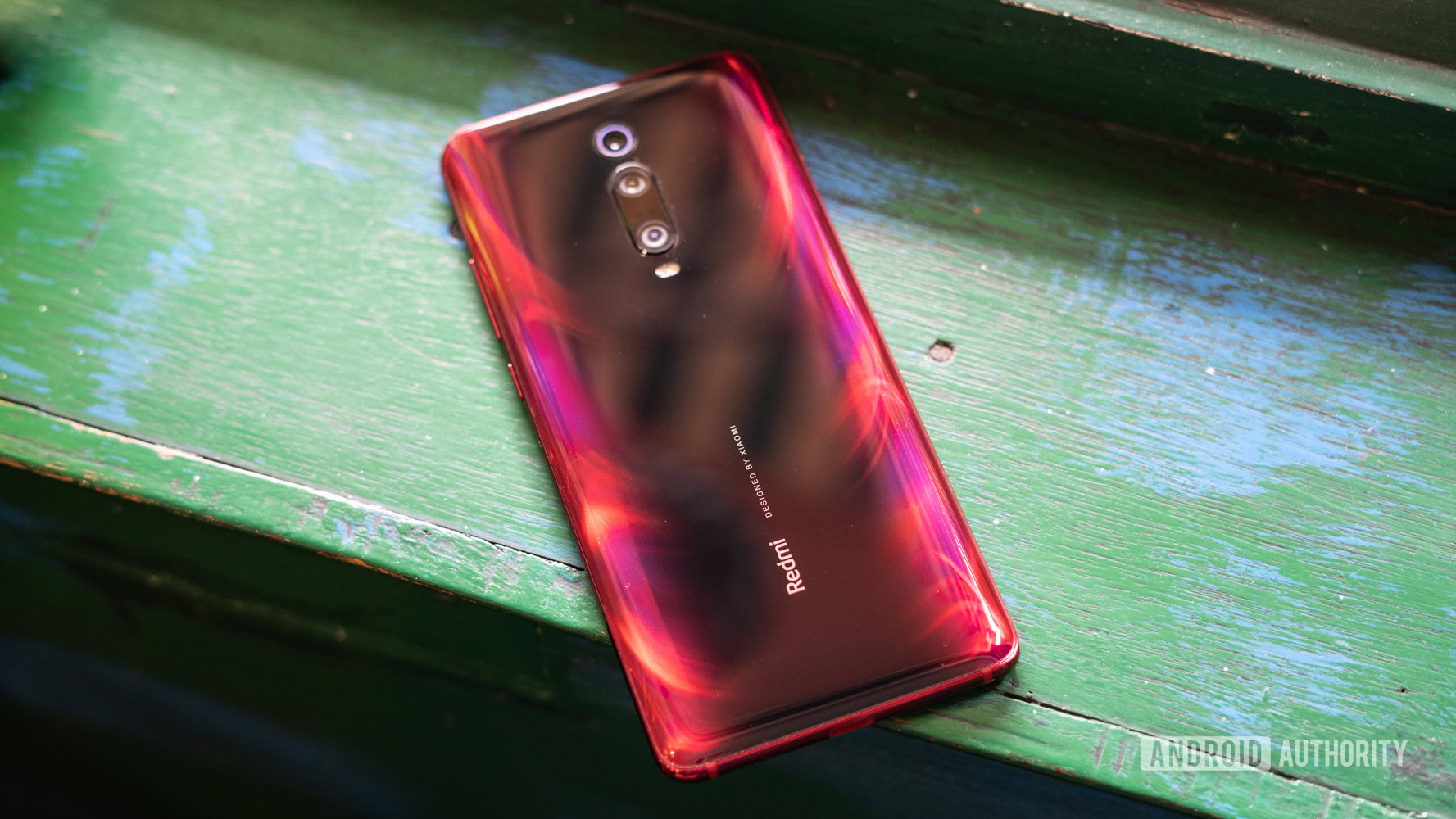
Xiaomi’s core strength might be the sub-$300 mid-range segment, but like every brand, it has ambitions of climbing up the value chain. While previous efforts at high-end hardware like the Mi Mix series had mixed results and limited global availability, the company clearly saw the writing on the wall with the popularity of 2018’s Pocophone F1 as well as OnePlus‘ stranglehold on the affordable flagship segment. Xiaomi wants a piece of the affordable flagship pie, and the newfangled K-series of phones is the answer.
Part of a dual-pronged strategy, the Redmi K20 and K20 Pro catered to those who wanted a premium build, a slightly better camera, niceties like the pop-up selfie camera, as well as the promise of no ads strewn across the interface. It wasn’t quite a roaring success, but it certainly helped Xiaomi increase its market share in the $300-$500 segment. Of course, Xiaomi’s blistering release schedule hasn’t slowed down at all and the Redmi K30 is already available in China. A global release is expected to follow in early 2020.
For global markets, the upcoming Mi 10 and Mi 10 Pro are expected to be the standout devices. All rumors point to this being an MWC 2020 launch, and the leaked specifications have certainly piqued our curiosity. The bleeding-edge Snapdragon 865 processors, 90Hz displays, 5G capabilities and the promise of a 108MP camera set up similar to that on the Mi Note 10 all sound fantastic, but club it with the rumored ~$550 price tag and you’ve got my attention. Meanwhile, the Mi 10 is expected much of the same experience, minus the high-end camera set up, at an even lower price point.
Return of the POCOphone?
While everyone expected a follow up to the very popular POCOphone F1, the sub-brand was nowhere to be seen in 2019. Instead, we got a series of half-hearted responses and a tease of sorts that the company will be back in 2020. Will this be a downgraded version of the K30? Pairing high-end internals with more affordable materials could certainly help it achieve an appealing price point.
Pushing boundaries

The mid-range segment might be Xiaomi’s breadwinner, but the company has high ambitions. Yes, the Mi Mix series was never a roaring success for the company, but it served well as a showcase for the company’s design chops. In fact, in our review of the Mi Mix 3, we called it out as one of the more interesting phones released that year.
2019 saw Xiaomi pushing this philosophy even further with the introduction of the Mi Mix Alpha — a phone with a wrap-around display that was more of a design and engineering showcase than a practical daily driver.
Xiaomi will be eager to push new form factors and 5G.
Expected to release in December 2019, the phone is yet to see the light of day which further accentuates just how hard it is to create truly differentiated hardware.
In 2019, the Mi Mix 3 was a popular 5G enabled option for Europe based buyers. In 2020, Xiaomi will double down on its 5G enabled hardware strategy. The company has already made known its intentions to release over ten SKUs with 5G capabilities.
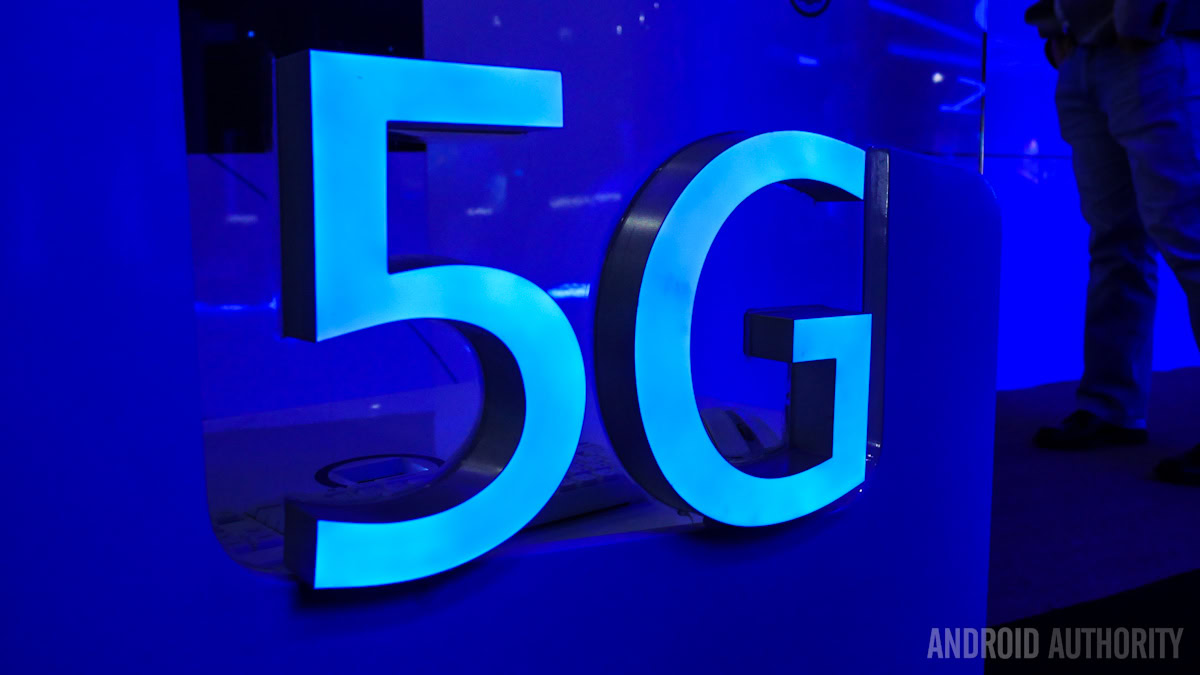
CEO Lei Jun has even gone on record to state that every single Xiaomi phone priced above CNY 2,000 (~$280) will support 5G. This is imperative for the company’s home market of China and to an extent, Europe. With Xiaomi switching over to the MediaTek Helio G90T for the Redmi Note 8 Pro, could we see the company adopting MediaTek’s Dimensity range of 5G chipsets for affordable 5G hardware? Only time will tell.

Foldables are yet another area where we expect Xiaomi to flex its hardware prowess. Patent leaks suggest that the company is working on a Razr-like clamshell design for at least one upcoming foldable. While Samsung and HUAWEI have so far focused on converting phones into tablets, there is a lot of interest in smaller phones that flip open to a full-size smartphone when needed. Xiaomi’s hardware expertise, and a sweet price-point, could help foldables transition into the mainstream market.
Xiaomi was also amongst the first to show-off a working under-display camera prototype. Since then, OPPO has joined in the fun with its own take on a discretely hidden front-facing camera. Could 2020 see Xiaomi bringing a true high-end flagship with bells and whistles like an under-display front-facing camera? The signs certainly point towards it.
Services are key
It would be remiss if we skipped out on Xiaomi’s increasing push into the services business. China as a market is fairly distinct in its ecosystem silos. Now, in India too, Xiaomi is pushing a veritable suite of services that help offset the cost of affordable hardware.
We’ve previously touched upon the entire hullabaloo around ads being strewn in Xiaomi’s MIUI skin. It isn’t ideal, but a business needs to be sustainable and hardware doesn’t come cheap. For that matter, after a whole lot of name-calling, realme recently had to back down on its stance as it gets ready to introduce interstitial ads in its version of ColorOS. With an ever-increasing install base, ads and services are key revenue drivers for Xiaomi.
2019 also saw Xiaomi introducing Mi Pay and Mi Credit (a micro-lending service) in India. Part of a broader push to make sure customers stay within the Xiaomi ecosystem, you can expect the company to double down on this stance with additional investments in Fintech and similar verticals. What really remains to be seen is if the company starts pre-loading or introducing some of these services in European markets as well.
It’s been a good year, but tough times lie ahead
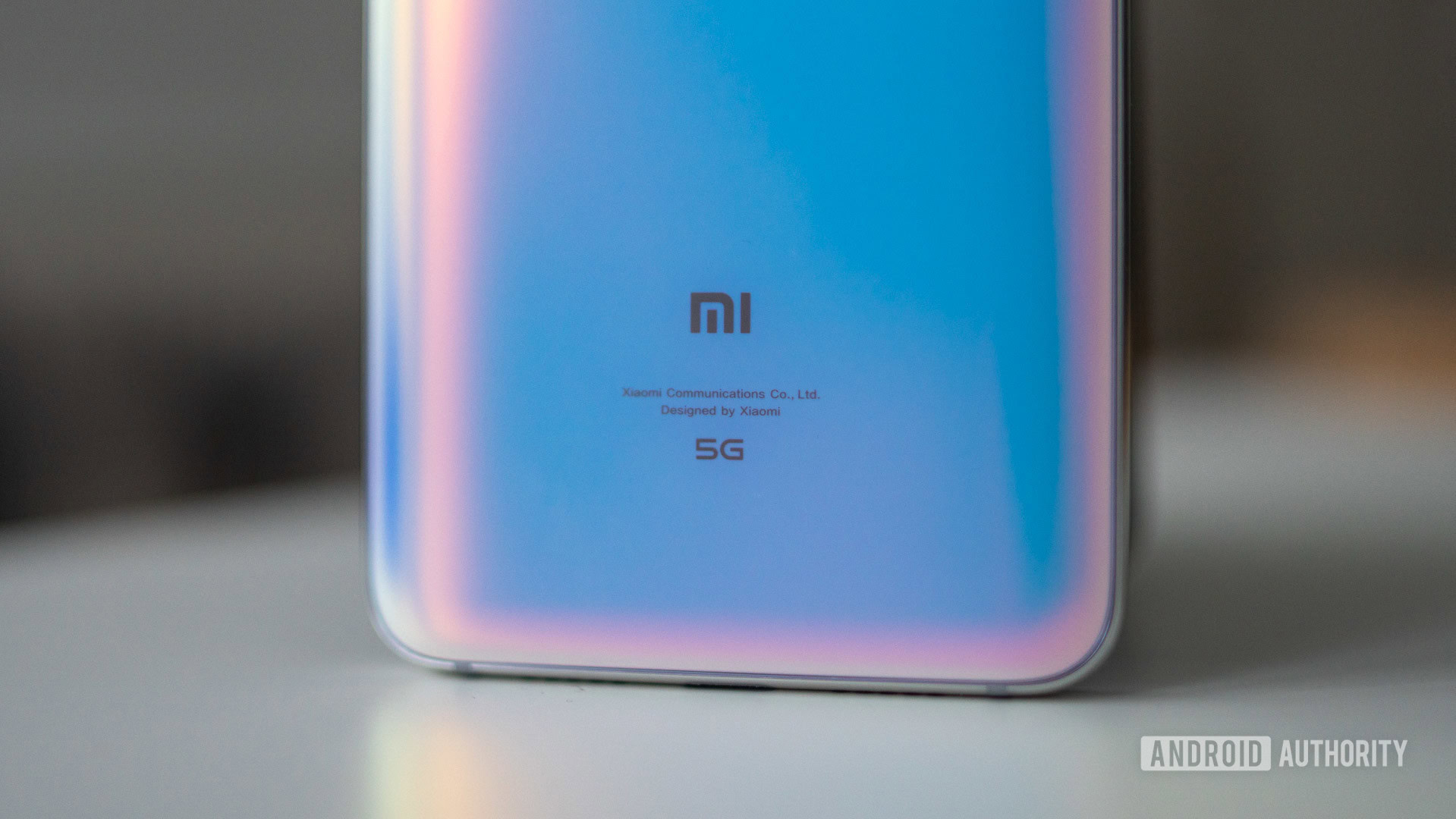
Xiaomi’s strategy in 2020 will have to reflect the changing realities of the smartphone business. Despite its claims of being in the ecosystem business, smartphones are still the company’s daily bread. Xiaomi built its business around the promise of high-quality, affordable hardware. It might’ve taken other OEMs a few years to catch up, but catch up they sure have.
Realme, HONOR, and to an extent even OPPO and vivo are not just matching up with Xiaomi’s hardware offerings but are in some ways exceeding them. With the backing of BBK‘s financial might, realme has managed to undercut Xiaomi’s pricing and is offering similar, if not better hardware. Other OEMs are not holding back either.
Also read: First Redmi, now POCO: What’s the deal with all the Xiaomi sub-brands?
Innovative new designs, compelling high-end offerings as well as a robust 5G portfolio, however, should help Xiaomi stay ahead of the curve in 2020. Doubling down on its enormous smart home and accessories portfolio should also play a big role in incentivizing users to stay within the Xiaomi ecosystem. All said and done, Xiaomi has the momentum going for it, but it’ll have to be ever cautious entering into 2020 to ensure that the competition doesn’t chip away at its core user base.
How would you rate Xiaomi’s 2019 portfolio? Will Xiaomi’s affordable phones and mass-market 5G strategy be enough to grow its market position in 2020? Let us know your thoughts.